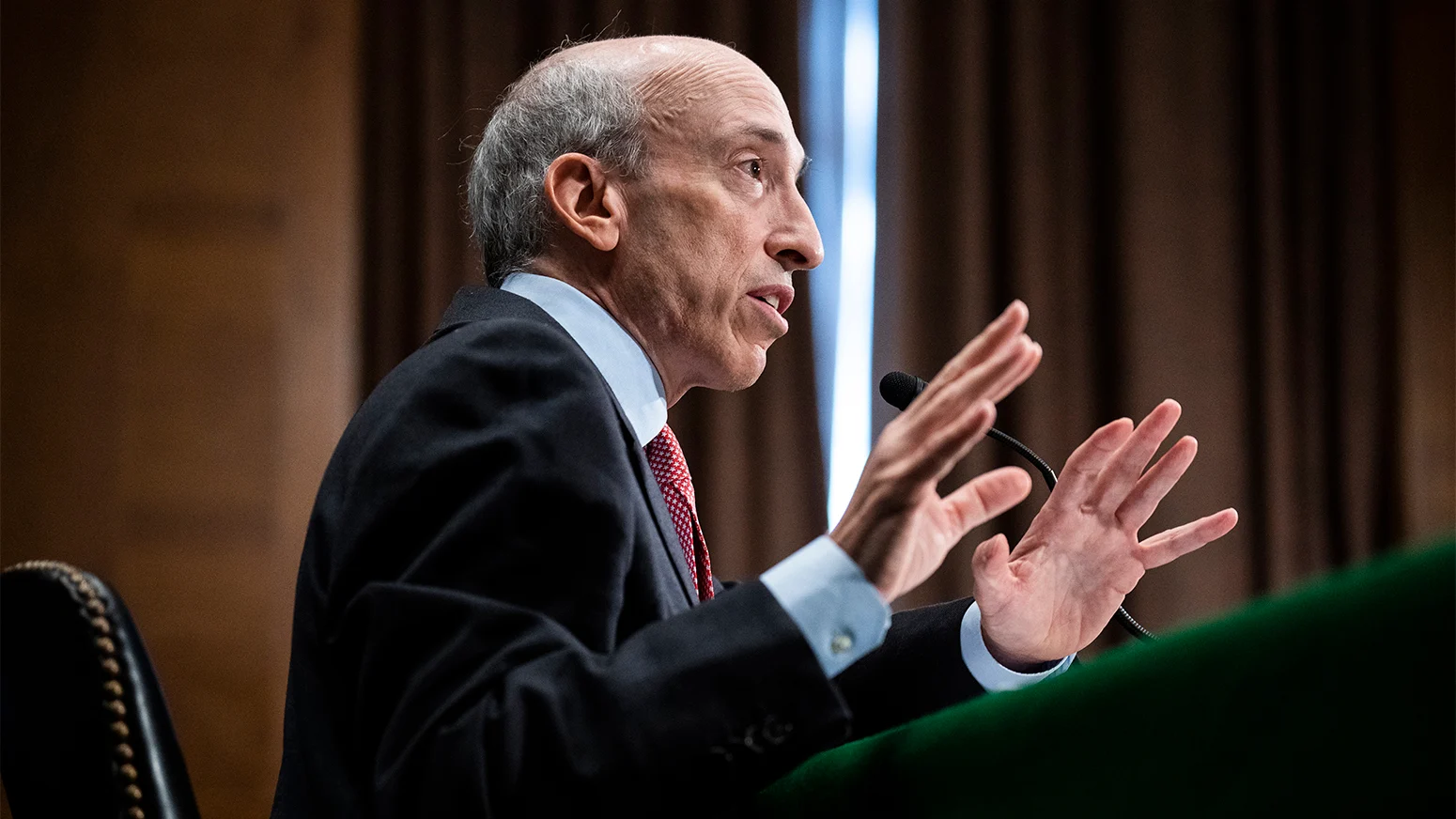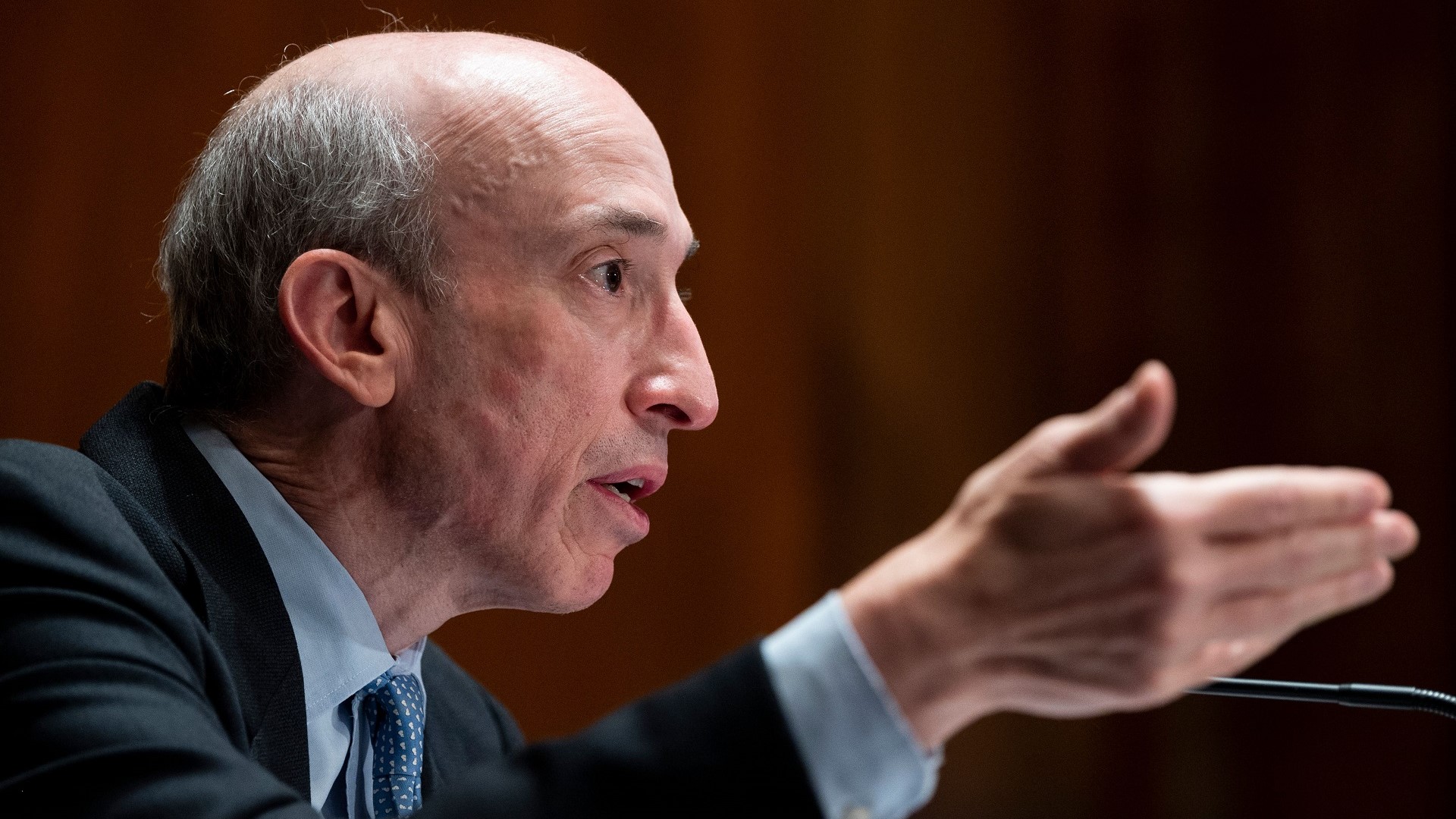
Gary Said Whaaat? Why ETH (probably) isn’t a Security.
Before we get into what Gensler said,
Does ETH Pass The Howey Test?
“Of the nearly 10,000 tokens in the crypto market, I believe the vast majority are securities.” – SEC Chairman
Gary Gensler’s Speech on Sept. 15, 2022
Gary Gensler, the chairman of the SEC, has regularly hinted at increased SEC regulation of and involvement in crypto offerings. He doubled down when he testified before the U.S. Senate Committee on Banking, Housing, and Urban Affairs on Sept. 15, 2022. Gensler said: “The core principles from the securities laws apply to all corners of the securities markets. Investors and issuers in crypto markets ought to benefit from the same gold standard that has made our capital markets the most liquid and innovative in the world. Of the nearly 10,000 tokens in the crypto market, I believe the vast majority are securities.”
When Gensler, the SEC chair, tells a Senate committee he believes something, it carries weight, and the irony of his speech coming on the same day as the Ethereum Merge isn’t lost on anyone either.
But just because Gensler says something doesn’t make it authority.
Let’s take a deeper look at the characteristics of Ethereum, how assets have historically been deemed “securities,” and whether Ethereum fits that mold.
Is ETH a Commodity or a Security?
The way a financial offering is classified makes a big difference in how it is regulated. You can read more here about the nitty-gritty details, but a change in classification — if it happens — would have immense repercussions.
But how does the SEC determine whether something is a security or not?
The framework for determining whether an “investment contract” (in this case ETH) is a security is from the 1946 Supreme Court case: SEC v. Howey W. J. Co. This case resulted in a four-prong test, now called The Howey Test, that is used to determine if a financial product needs to be considered an “investment” and will be subject to all the extra rules, regulations, limits, third parties, and general hassles that go along with that additional level of governmental control.
According to the SEC:
An investment contract exists when there is the investment of money in a common enterprise with a reasonable expectation of profits to be derived from the efforts of others. The so-called “Howey Test” applies to any contract, scheme, or transaction, regardless of whether it has any of the characteristics of typical securities. The focus of the Howey analysis is not only on the form and terms of the instrument itself (in this case, the digital asset) but also on the circumstances surrounding the digital asset and the manner in which it is offered, sold, or resold (which includes secondary market sales). Therefore, issuers and other persons and entities engaged in the marketing, offer, sale, resale, or distribution of any digital asset will need to analyze the relevant transactions to determine if the federal securities laws apply.
A key item that the SEC has historically focused on is whether cryptocurrencies like ETH are “sufficiently decentralized,” but they have yet to lay out a framework for determining this.
Let’s take a look at the four key parts of the Howey Test.
- An investment of money…
- In a common enterprise…
- With expectations of profit…
- To be derived from the efforts of others.
Keep in mind that to be deemed a security, the “investment contract” needs to meet ALL four aspects of The Howey Test. Focusing solely on ETH and PoS, we can see that those people who participate in staking are: 1. Investing money (32 ETH ~ $50k), 2. Into a common enterprise (the ETH network), 3. With the expectation of profit (staking rewards are expected to be between 4 and 10% per year), and 4. To be derived from the efforts of others.
Taking a look at the definition of “common enterprise,” the historical precedent has been to employ a three-part test:
- Employees must work on the same project.
- Employees must participate in a similar activity (or common activity).
- Employees are subject to the same or similar hazards.
Notice the use of the term “employees.” To have employees requires a central organization, which clearly does not currently exist on the ETH network. Back at its inception in 2015, there was an argument to be made that a central entity existed, but we are now 7 years down the road and the network has changed drastically in that time. There are valid arguments to be made about client diversity and the participation of centralized exchanges (CEXs) in staking pools, but you would be hard-pressed to prove that there was one “central entity” guiding ETH.
If I decide to spin up a node at my home (which anyone with 32 ETH and $1,000 worth of equipment can do), do I suddenly become a “promoter” of ETH by validating transactions? I don’t have any way of making any managerial decisions with regard to the Ethereum network. Since the network is decentralized, decisions are ultimately made by the node operators, who decide whether transactions are valid or not, but they require a majority in order to push forth any changes to the network. I would need to coordinate with thousands of other node operators to manipulate the network.
So the question then becomes whether the blockchain is “sufficiently decentralized” to determine whether a central entity exists or not. The SEC has yet to define what this means exactly, but in a June 14t, 2018 speech. William Hinman. the SEC Director of the Division of Corporate Finance. had this to say about the classification of digital assets as securities.
“But this also points the way to when a digital asset transaction may no longer represent a security offering. If the network on which the token or coin is to function is sufficiently decentralized – where purchasers would no longer reasonably expect a person or group to carry out essential managerial or entrepreneurial efforts – the assets may not represent an investment contract. Moreover, when the efforts of the third party are no longer a key factor for determining the enterprise’s success, material information asymmetries recede. As a network becomes truly decentralized, the ability to identify an issuer or promoter to make the requisite disclosures becomes difficult and less meaningful.”
Later in the speech, he comments directly on Ethereum:
“…putting aside the fundraising that accompanied the creation of Ether, based on my understanding of the present state of Ether, the Ethereum network and its decentralized structure, current offers and sales of Ether are not securities transactions.”
So according to past statements by SEC personnel, ETH is sufficiently decentralized and, as a result, is not a security. But let’s assume that there is a common enterprise, and node operators are deemed “employees” in the eyes of the SEC. Let’s analyze the other two tests in part 2 of this analysis.



